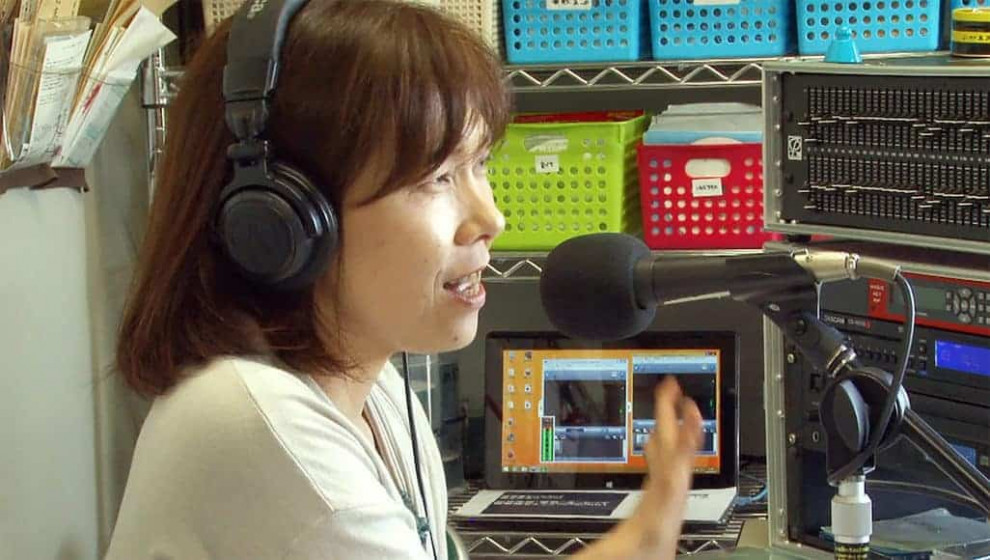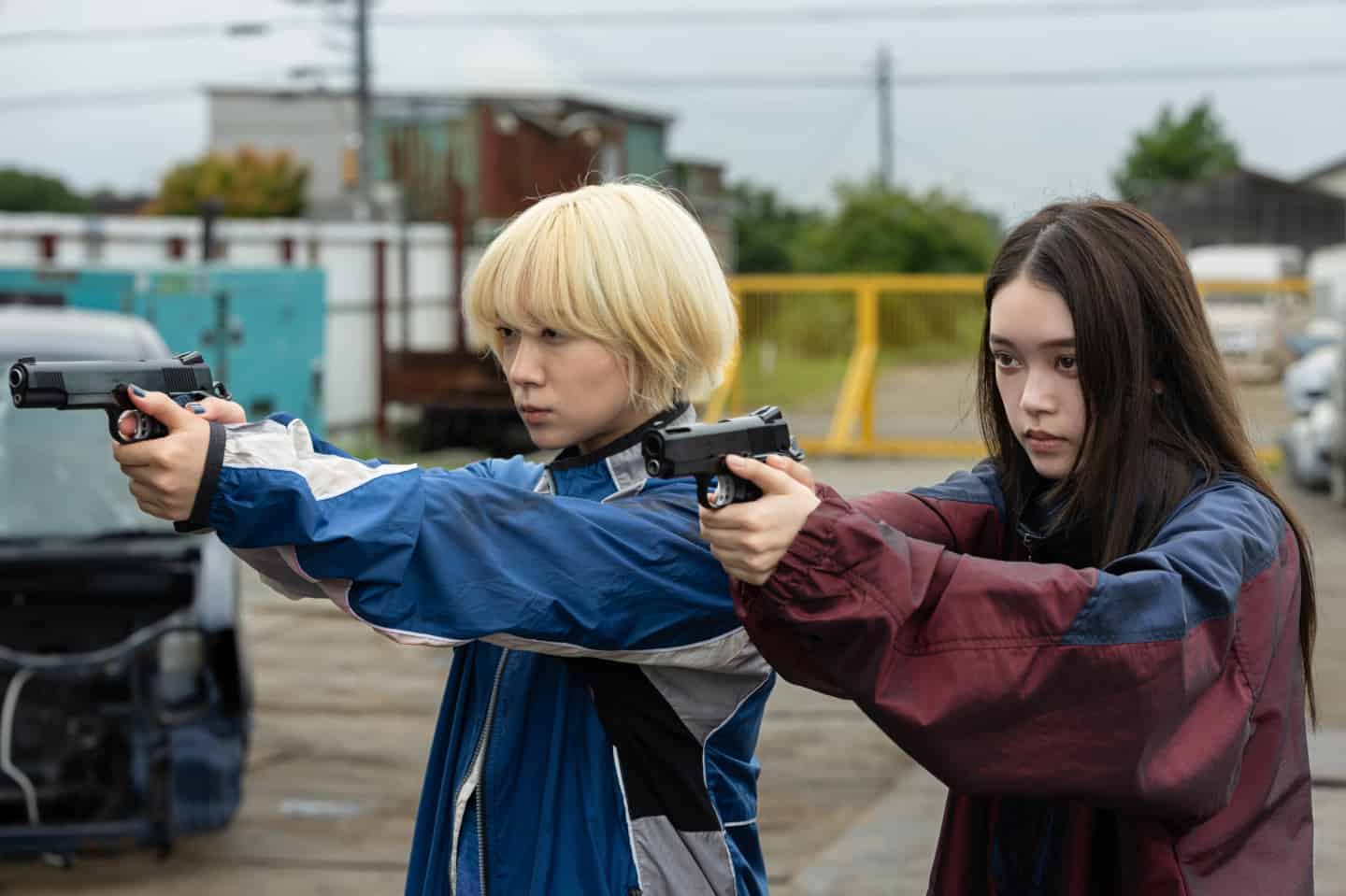In the face of the Corona lockdown, Tokyo FM broadcasted a “Stay at Home Special” with Haruki Murakami as host just a few weeks ago. He played songs to cheer people up and encourage them to embrace tomorrow with a bride smile. In times of crisis, the radio can be a virtual community that can substitute the real one. Haruka Komori, who studied Intermedia Arts at the Tokyo University of Arts, moved to Rikuzentakata after the 3/11 catastrophe, to document the life of the people of the region and present a detailed portrait of the virtual community around the local broadcasting station.
“Listening to the Air” is screening at Nippon Connection 2020

“Listening to the Air” follows a female radio personality on Rikuzentakata Saigai FM, one of the FM stations for disaster-stricken communities established in various places after the Great East Japan Earthquake. Touching on the memories and thoughts of many local residents, the camera paints an intimate portrait of the DJ as she broadcasts these people's voices over the radio day by day. While showing the steady ongoing revival of this town swept away by the tsunami, the film simultaneously follows the building of a new community on higher ground. From her own personal vantage point, Komori closely documents what people talk about and what they gradually forget, and we see glimpses of her sincere stance as a video artist seeking to console the spirits of the many lost to the tragedy. This work, shot in parallel with her previous “Trace of Breath”, was the 27th original film for the Aichi Arts Center and Aichi Prefectural Museum of Art.
As in her award-winning documentary “Trace of Breath” (2016), Komori Haruka focuses on individuals and their story and not directly on the catastrophe itself. It is all about looking forward and not looking back. The film states that there can be no future without past, but a lot of people are in danger to be stuck in the past, which means no progress whatseover. Her narrative spans over several years and ends with the retired radio host, who returns to her former restaurant. In that sense, every ending also means a new beginning.
A straightforward filmmaking approach produces intimate moments and looks back on the effect that the radio show had on the region. One of the few memorable sequences outside the station shows the Summer Festival (“Obon”) of the town, held in an area that will be reconstructed right after the festival. The host does a full live coverage of that event and interviews the locals about their feelings and we get to see a community back on track. The radio transfers these emotions to the outsiders, former residents who were forced to live in another place and were disrooted by the tsunami. As a melancholic bridge between the spaces, the broadcast allows the expatriates an opportunity to take part.
“Listening to the Air” is a personal look at the rebuilding process of the Rikuzentakata region and a psychogram about the way people deal with loss. The documentary reveals the healing power of media, its positive effects and the spirit that drives content creators. Towards the end, Komori Haruka turns to a more symbolic imagery and leaves us with a striking view.















